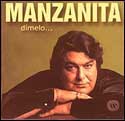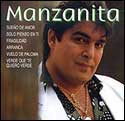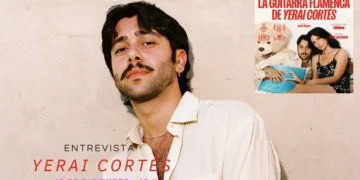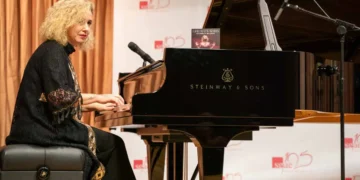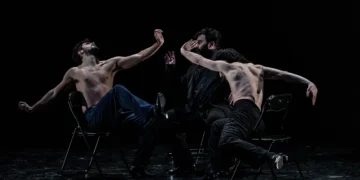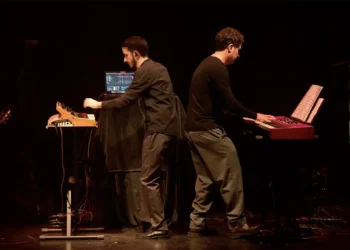Estela Zatania
When the word «fusion» was something only scientists knew about, when no one confused flamenco with derivative music and the young team of Camarón de la Isla and Paco de Lucía were raising eyebrows with their new approach, José Manuel Ortega Heredia «Manzanita» (Madrid, 1956), an adolescent guitarist with plenty of experience under his belt, perceived the winds of musical change that went along with important changes in Spain’s political landscape and in 1974 founded a humble group with Miguel and Amador Losada and Alfonso Veneno which they called «Los Chorbos».
 From Fromthe Madrid neighborhood of Caño Roto where the young musicians lived, the revolutionary sound of their rumbas was diametrically opposed to the “rumba catalana” popularized by Antonio el Pescaílla and Peret and which had dominated for two decades. If rumba catalana peddled optimism and an infectious rhythm to a country suffering from chronic post-war syndrome, the new “caño roto sound” turned over that dog-eared leaf employing a laidback rhythm and a projection that reflected the generalized social malaise with a canny flamenco feeling and outlook. The silly-happy rumba in major key “Borriquito como tú”, perhaps the most emblematic of the catalana style, was a far cry from these new rumbas, nearly always in the flamenco key (E-F) and in a serious line, something which seemed to contradict the very nature of rumba itself. For the generation of flamenco-followers now known as the “festival era”, Manzanita’s music (and that of later groups who followed the same line) afforded an alternative to traditional cante without straying too far from flamenco.
But it would be way off base to label Manzanita as a “rumbero”. Manzanita’s musical curiosity led him to jazz and Caribbean music,
|





